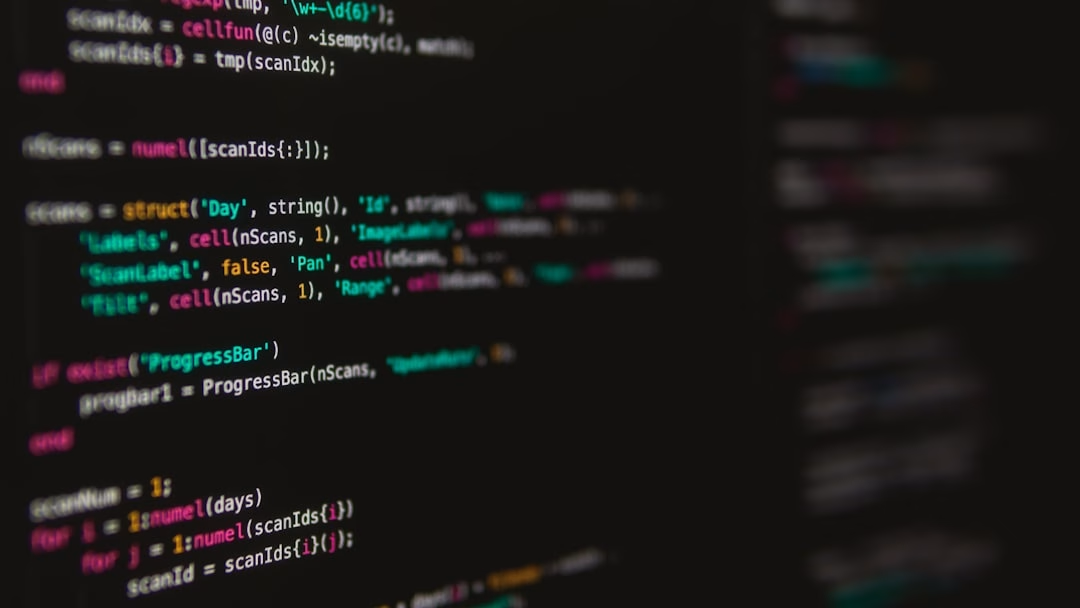Mastering Object-Oriented Programming in C++
Introduction
Object-Oriented Programming (OOP) is a programming paradigm built around objects that combine both data and code. C++ is one of the most powerful languages that supports this paradigm. This blog will guide you through mastering OOP in C++.
Understanding the Basics of OOP
Before we jump into coding, we must grasp the foundational concepts of OOP that are vital in mastering it. These include:
- Classes and Objects: Classes are user-defined data types that bring together data and functions, while objects are instances of these classes.
- Encapsulation: It’s about wrapping data (variables) and functions into a single unit called class.
- Inheritance: It refers to the property that allows a child class to inherit properties and behavior of a parent class.
- Polymorphism: Lets us perform a single action in different ways. This includes function overloading and function overriding.
- Abstraction: It’s about hiding the real implementation and we only showing the functionality to the users.
Setting Up Your Environment
To commence coding in C++, you need a development environment. The recommended compiler is GCC C++, integrated into the Code::Blocks IDE.
The Coding Part
Now that you have a grasp of key OOP concepts and set up your development environment, let’s delve into some coding examples.
1. Creating a Class and Object
A class in C++ can be created using the ‘class’ keyword, whereas objects can be created by mentioning the class name. Here is a simple example of how to create a class “Dog” and an object “myDog”.
```
class Dog {
public:
string breed;
int age;
};
int main() {
Dog myDog;
myDog.breed = "German shepherd";
myDog.age = 5;
cout << "Dog breed: " << myDog.breed << "\n";
cout << "Dog age: " << myDog.age << "\n";
return 0;
}
```
2. Implementing Inheritance
Implementing inheritance in C++ involves creating a base class and then a derived class that inherits from it. The derived class can access the public and protected members of the base class:
```
class Animal {
public:
void eat() {
cout << "This animal eats\n";
}
};
class Dog : public Animal {
public:
void bark() {
cout << "The dog barks\n";
}
};
int main() {
Dog myDog;
myDog.eat();
myDog.bark();
return 0;
}
```
3. Understanding Polymorphism
Polymorphism in C++ allows a function to have different functionality. Let's look at an example of polymorphism through function overloading:
```
void display(int var1) {
cout << "Value: " << var1 << "\n";
}
void display(int var1, float var2) {
cout << "Values: " << var1 << ", " << var2;
}
int main() {
int a = 4;
float b = 5.5;
display(a);
display(a, b);
return 0;
}
```
Final Words
Mastering OOP in C++ involves learning about classes and objects, understanding inheritance, and getting a grasp on concepts like polymorphism. Practice these concepts thoroughly and welcome to the world of Object-Oriented Programming in C++.
